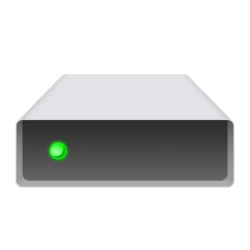This conversation is in the end arguing the merits of cloning to a drive so you can hotswap versus using image backups.
In many of the discussions, people are forgetting one crucial fact - hot swapping involves physical intervention.
Not only that there is only one copy, so you lose flexibility.
Most importantly, complete drive failures are quite rare. People often want to restore a earlier backup e.g. if something has gone wrong. You cannot do that with hots swap (or at least limited to date of backup of hot swap).
If you use Macrium Reflect Home, with its Rapid Delta Restore, you can revert to earlier version (I like
@Bree keep several versions) very quickly - in most cases faster than you could hotswap devices.
Let's suppose something has glitched and you only have just detected it, but made a clone (Raid 1 is essentially a fancy clone) more recently than when the glitch occurred, you have lost any chance of reverting to a state before the glitch happened.
Hotswapping (or use of Raid) only has any real benefit if you need to recover from a drive failure very quickly. Raid 1 being instantaneous, hot swapping a few minutes.
However, even using just about any image restore package, you can recover from glitches pretty quickly even if you have to do a full restore.
Raid 1 is really only needed for users where time is of the essence e.g. in a business environment where seamless intervention is crucial.
Cloning does not really offer much over images other than ability to hot swap maybe saving an hour or two of time.
So for most users, it is no contest. For the average domestic consumer, image backups are more flexible, use less space, and minimise the need to swap drives (only on a rare drive failure).








